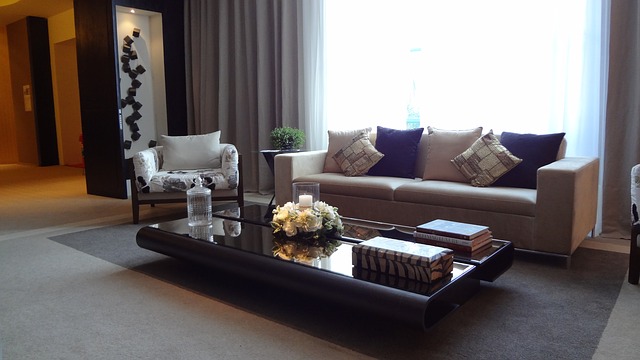A lot of people dream about renovating their homes. Even brand-new homes get a bit dinged up over the course of a decade or two – raising a family, a herd of dogs and cats, hosting visitors, dealing with the inevitable roof leaks, mud-tracking incidents, and the occasional flooded garage. Even if you avoid disasters, your floors will slowly get scratched up by claws and high heels and kitty litter, your walls will get scuffed and sport ancient hand-prints, and your décor will slow fade into deprecated old-fashioned-ness.
That’s when people start scrutinising the design magazines and calculating the interest rates on their mortgage redraw options. And renovating, while exhausting and frequently frustrating (and always more expensive than you expected) is a lot of fun, and can completely renew your beloved old house. There’s just one thing to be careful of: Museum Syndrome.
Look But Don’t Touch
If you ever visited someone as a child and sat in a living room on furniture covered in plastic, you’you’ve experienced Museum Syndrome: When a home is so overly designed that it’s really not meant to be lived in, but is more of a museum of the owner’s taste. There are a few ways to identify Museum Syndrome in your home or someone else’s:
-
The presence of furniture you’re not supposed to sit in or use.
-
Entire rooms that serve no purpose, and which visitors are discouraged from entering.
-
A lack of practical living areas or access to the functional areas of the house.
You know the feeling, too: When you’re afraid to move or touch anything in someone’s home, no matter how gorgeous it is, they’ve turned their home into a museum and forgotten the first rule of residential interior design: The space must be usable as well as beautiful.
Fabulous, but Liveable
The fact is, you can make a home beautiful, inspiring, and high-end and still practical and liveable – in fact, this is the trick that separates the great interior decorators from the rest. You don’t want your home to wind up a cold, forbidding museum, but you want it to look great. Here’s a few simple exercises you can employ in the planning stages to ensure that your home comes out fabulous – but liveable.

Image via pixabay.com
Start with Purpose
Every room in your home should have a distinct purpose. The kitchen and bathrooms are obvious, as are defined bedrooms. In other areas, know what the purpose of the room will be before you start designing.
Use a Mix of Durable Textures
Remember that if you want a room to be alive and useful, it has to be durable. High-end, delicate textures and materials can give a room a sense of beauty, but mix in more durable materials where the wear and tear will happen. A rough-and-ready mat over your gorgeous floors, canvas prints on the wall where people will hang their coats – think about where hands and feet will be, and plan accordingly.
Always Have a Path
If people are going to use a room to live, they need to have a path to walk through. When planning out your room’s design, think about how people will get in and out of the space.
In the end, making your home and rooms practical does not require you to give up any amount of style – as long as you plan ahead. And a practical, liveable home is always more appealing and beautiful than one that’s cold and forbidding like a museum of your taste!
- Top-Five Farm Gate Signs Ideas - August 17, 2022
- 7 Benefits of Engineered Wood Flooring - January 27, 2022
- How Smart Homes are Impacting the Interior Design Industry - January 10, 2022











